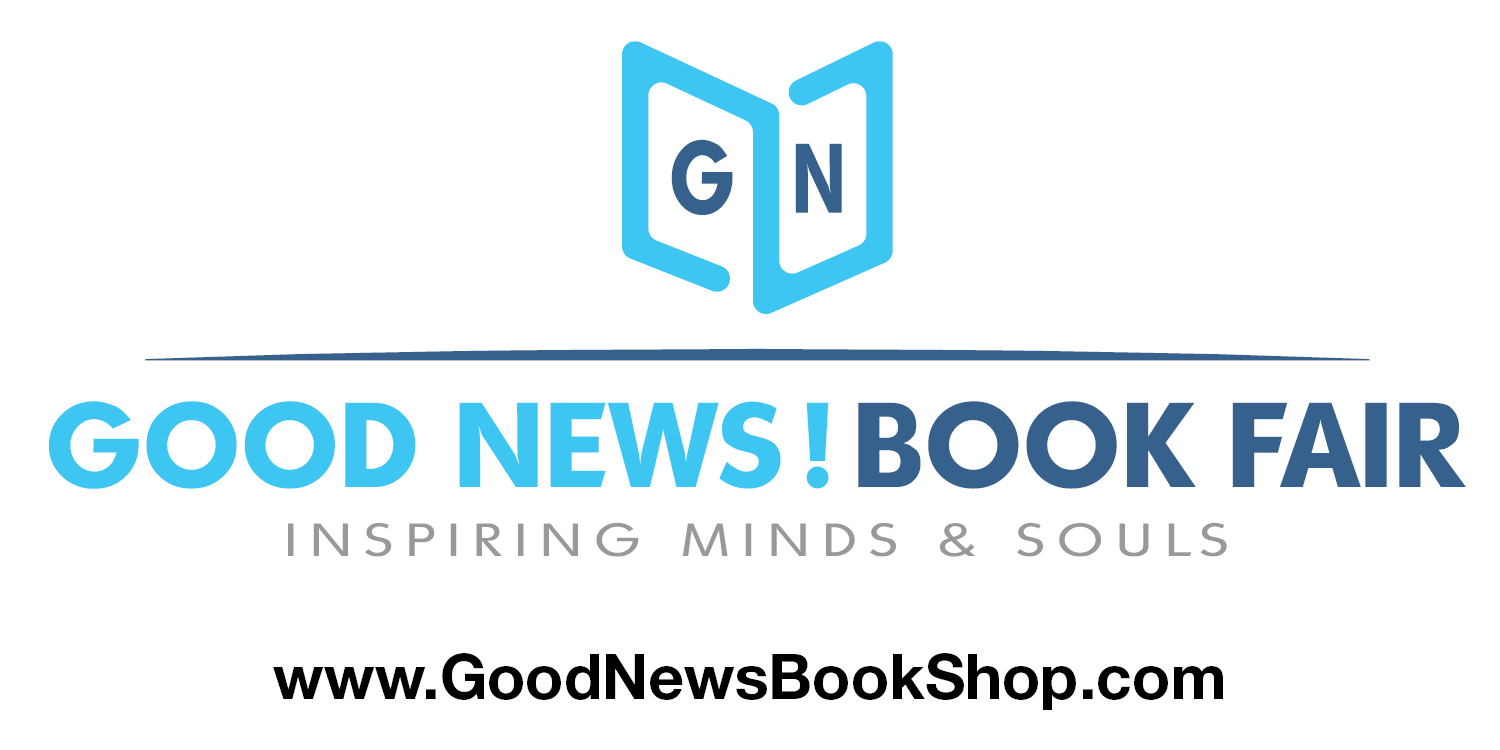
Image courtesy of Morguefile free photos
Wow, I can hardly believe it’s been almost six years since I joined Twitter—and five since I actually started using it regularly (shifting eyes from side to side).
As an Author Tweeter, abbreviated to AT for convenience in this post, I have some experiences and tips to share with you. Please remember that I offer these from an emotional point of view (notice the right side of the above brain), with no research into the scientific aspects of social media marketing. I leave that to technology lovers.
- Automation. Because I enjoy connecting with other ATs and people who share common interests with me, I don’t use any type of automation for my tweet scheduling, re-tweeting, following, or thanking. I discover something new to enjoy every day on Twitter, so I often adjust the tweets I’d planned to use, find new people to follow, and discover new ideas or information I want to re-tweet (RT). I prefer to personally choose all of those and to thank new followers and RT-ers, often by following them back, but only after I check out their profiles. (More on that farther down in the post.) For authors who have little time or patience for Twitter and would like to learn more about automation, take a look look at this informative site.
- Twitter Handle. How I wish more authors simply used their author names for their handles when setting up their accounts. I wrote about this in my post Is That You?
- Hashtags. Once I got the hang of using hashtags in my tweets, I couldn’t stop searching for those related to the content of my books and the audiences I wanted to reach. My #YA novels are about #friendship and much more. I always research a new hashtag I’m considering by typing it into the Twitter search window and seeing how many and what kinds of profiles are associated with it. Some of the most innocent hashtags may be associated with unsavory profiles, so beware. Following the advice I’ve received, I limit the number of hashtags I use in a single tweet to three. But sometimes I use four because I just can’t help myself. Other writers of Young Adult (YA) fiction should check out 30 Effective Twitter Hashtags for YA Authors.
- Re-tweeting Etiquette. If another Tweeter, particularly an author, RTs about my books, I quickly go to his or her profile and look for something good to RT in return. I don’t RT erotica or books with very gory covers, but I don’t often have to make that decision. Sometimes a good tweet to RT is right there near the top of the profile page, or sometimes I find one in their media list on the left. Which brings me to …
- Pinned tweets. I want to encourage each visitor to my profile to RT something of mine, and I try to make that as easy as possible. Every author should have a good, timely, and relevant tweet pinned to the top of his or her profile, ready and waiting for visitors. So many author profiles I visit do not have one, or they have a pinned tweet about an expired special price or “new” release from last year. I now make an effort to change my pinned tweet once to several times per week.
- Trends. I look to the left side of my profile page or news feed to see which hashtagged topics are trending. I’ve found some great tie-ins to my books that way, such as National (Whatever) Day. I immediately search to confirm if a hashtagged topic is appropriate for my book(s) and compose a tweet using it. Sometimes a topic leads to someone I can relate to, so …
- Who to follow. I could spend hours each day searching on Twitter for people who have interest in the issues or themes covered in my novels. Or in my hobbies or other personal interests. Half the time, the new people I find follow back. But I’ve learned to pay attention to when they last tweeted before I follow. If they haven’t tweeted at least once a month in the past several months, they ‘re not active enough for me.
- When to follow back. Unless I’m sure of someone’s identity, I don’t follow back without scanning a number of tweets. I can’t always judge by a pinned tweet or the first few as to whether it’s someone I want to follow. Experience has taught me to compare the number of followers to the number of follows of anyone. Too many times I have followed back to discover in a few days that I have been unfollowed. My rule of thumb for now is not to follow back if there are 15% or more followers than follows. I make an exception for the famous.
- Blocking. If you haven’t done this yet—trust me—you will. I block followers who have distasteful images or text in their profiles or who obviously are looking for a mate. But do …
- Interaction. I often demonstrate that I like a another’s tweet and sometimes reply to the tweet with a positive comment or an answer if a question was posed. This interaction is a great way to make a connection that may eventually call attention to my books.





